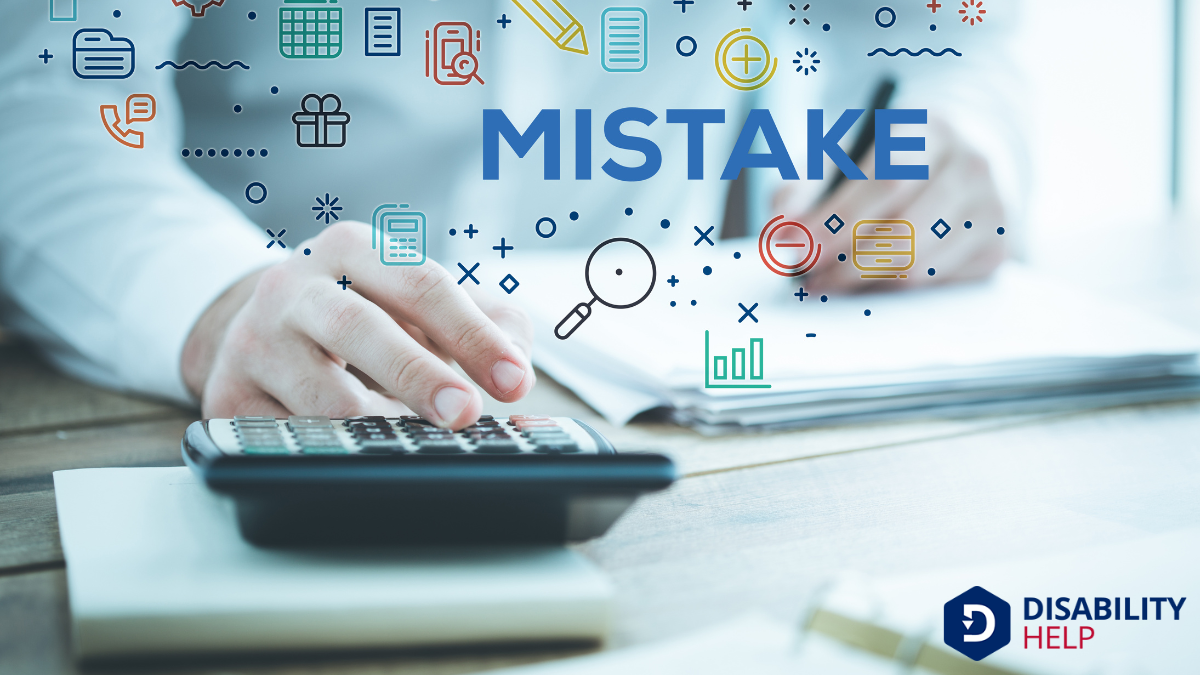In personal injury cases, a demand letter is our first move in seeking compensation. It's a formal document that outlines the details of the incident, our injuries, and the amount we believe is fair. This letter isn't just a formality; it's our chance to set the tone for negotiations and show we're serious. But how do we craft a compelling demand letter that captures attention and lays the groundwork for a successful settlement? Let's explore.
Key Takeaways
- A demand letter is a formal document requesting compensation for personal injury.
- It outlines the incident, injuries, and financial losses sustained by the claimant.
- The letter specifies the amount of compensation sought from the responsible party.
- Evidence such as medical records and photos support the claims in the letter.
- It initiates negotiations and demonstrates the seriousness of the claimant's intentions.
The Purpose and Importance of a Demand Letter
In the domain of personal injury cases, a demand letter serves as an essential tool for setting the stage for negotiations. It allows us to clearly communicate our claims and expectations to the opposing party. By outlining the facts, injuries, and damages we've endured, the letter provides a structured basis for our argument.
It’s our first formal step in seeking compensation, and it can markedly influence the trajectory of our case.
When we craft a well-reasoned demand letter, we demonstrate our seriousness and preparedness. This not only helps in articulating our side but also sets a professional tone that can prompt thoughtful responses.
Understanding its importance empowers us to approach the negotiation process with clarity and confidence, potentially leading to a favorable settlement.
Key Components of a Demand Letter

Crafting a demand letter requires us to focus on several key components that guarantee our message is clear and persuasive. Each part plays a vital role in conveying our case effectively.
Let's break down these essential elements:
- Introduction: We start by stating the purpose of the letter and the incident details.
- Facts of the Case: It’s important to detail the events, including dates and locations, to establish a factual foundation.
- Liability: We must clearly explain why the other party is responsible for the damages.
- Injuries and Treatment: Describing injuries and medical care highlights the impact on our lives.
- Demand for Compensation: Finally, we specify the compensation amount we’re seeking for damages.
Crafting an Effective Demand Letter
Let's explore how we can craft an effective demand letter by focusing on key components and persuasive writing techniques.
We'll guarantee our letter is structured logically and includes all necessary details, like the facts of the case and the damages incurred.
Key Components Included
Although it might seem intimidating, writing an effective demand letter is crucial in a personal injury case. We need to guarantee all key components are included.
The demand letter should clearly state our case and expectations. Here are essential elements to incorporate:
- Introduction: Briefly explain who we are and why we’re writing.
- Incident Description: Provide a clear, concise account of the accident’s details.
- Injuries and Treatment: Outline the injuries sustained and medical treatments received.
- Financial Losses: List all expenses related to the accident, such as medical bills and lost wages.
- Demand for Compensation: Specify the amount we’re seeking to settle the claim.
Persuasive Writing Techniques
When aiming to persuade the recipient of our demand letter, we must employ strategic writing techniques that effectively convey our position and demands.
First, let's guarantee our tone is assertive yet respectful. This balance shows confidence without alienating the recipient.
We should clearly outline the facts of the case, presenting them logically to build a compelling narrative. Using concrete evidence, such as medical records and witness statements, strengthens our argument.
It's essential to articulate the impact of the injury on our lives, using vivid language to evoke empathyThe ability to understand and share the feelings of another, particularly important in understanding....
By being specific about compensation expectations, we provide a clear path for resolution.
Finally, maintaining a professional tone throughout the letter emphasizes our seriousness and leaves room for negotiation, encouraging a favorable response.
The Role of Evidence in a Demand Letter
Evidence plays an essential role in crafting a compelling demand letter in a personal injury case.
We must present clear, concrete evidence to strengthen our position and persuade the opposing party to regard our demands seriously. By substantiating our claims, we build credibility and demonstrate the validity of our case.
Let's explore the types of evidence we can include:
- Medical records: These document the extent of injuries and treatments received.
- Photographs: Visual evidence of injuries or accident scenes can be persuasive.
- Witness statements: Testimonies corroborate our version of events.
- Police reports: Official documentation of the incident provides an objective account.
- Financial records: These highlight economic losses, such as medical bills and lost wages.
Using solid evidence, we create a more persuasive narrative for our demand letter.
Common Mistakes to Avoid in a Demand Letter

When we're crafting a demand letter, it's essential to avoid overstating injury claims, as exaggeration can harm our credibility.
We should also guarantee we don't ignore key evidence that supports our case, as this could weaken our position.
Overstating Injury Claims
Although it's tempting to exaggerate injury claims to secure a larger settlement, doing so can seriously backfire and undermine our case's credibility.
Overstating injuries might seem like a shortcut to a bigger payout, but it can lead to serious issues. Here's why we should avoid this mistake:
- Trust Issues: Exaggerations can make our claims appear dishonest, reducing trustworthiness.
- Legal Consequences: If discovered, it could result in legal repercussions or penalties.
- Settlement Delays: Misrepresentations can cause delays as insurers investigate further.
- Undermined Negotiations: An exaggerated claim might reduce our negotiating power.
- Loss of Compensation: We risk losing what we're actually entitled to if the claim is dismissed.
Let's keep our claims honest and accurate to maintain our case's strength.
Ignoring Key Evidence
Overlooking essential evidence in our demand letter can greatly weaken our case and reduce our chances of securing a fair settlement.
We must guarantee that every piece of supporting evidence is included to strengthen our position. Key evidence might comprise medical records, witness statements, photographs of injuries or the accident scene, and police reports. Each document plays a significant role in illustrating the severity of the injury and the circumstances surrounding the incident.
When we ignore such evidence, we leave gaps in our narrative, making it easier for the opposing party to dispute our claims.
Let’s carefully review all the details and double-check that nothing important is missing. By doing so, we increase our chances of receiving the compensation we rightfully deserve.
How a Demand Letter Influences Settlement Negotiations
A well-crafted demand letter can greatly influence settlement negotiations in a personal injury case. It serves as our strategic tool to set the stage for what we expect and why the other party should meet our demands.
When done right, it can lead to a favorable settlement without lengthy litigation. Here's how it plays a critical role:
- Clarity: We clearly outline the injury details and damages.
- Persuasion: We present compelling evidence and legal arguments.
- Expectation Setting: We specify the compensation amount expected.
- Professionalism: We maintain a formal tone, showing we're serious.
- Timeframe: We establish deadlines for a response, urging timely action.
Conclusion
In crafting a demand letter, we set the stage for successful settlement negotiations by clearly presenting our case. By including detailed descriptions of injuries and costs, supported by solid evidence, we demonstrate our resolve and seriousness. Avoiding common pitfalls guarantees our message is powerful and effective. Ultimately, our demand letter is an essential tool in advocating for fair compensation, paving the way for a resolution that acknowledges the impact of the incident on our lives.






